|
Plant names are often confusing, but none more so than when a Latin botanical name is used as the common name of an entirely different plant. Such is the case with "Geranium". The classic windowsill and summer container plants that we all call Geraniums are properly known as Pelargoniums, but I don't hold out much hope that we'll be using that more accurate name for them within my lifetime. They will always just be Geraniums, and very good plants they are, too... reliable workhorses that flower all summer with minimal care, in cheerful shades of red, pink and white. If you're a plant snob and find the classic types a bit too pedestrian, there are fancy-leaved varieties out now, and obscure species to keep you occupied. But this post isn't about those annual Geraniums, it's about the true Geraniums, distant cousins that are often called Hardy Geraniums to avoid confusion. You'll also hear them called Cranesbills occasionally, which comes from their seed pod's resemblance to the beak of a crane. EXHIBIT A: PELARGONIUMS EXHIBIT B: GERANIUMS Another big difference is that Hardy Geraniums are, well, hardy. They are true perennials that will return every year in most climates, being native to many parts of the temperate world, even our area here. Hardy Geraniums are supporting players, not superstars, in the garden. Even though many are showy in flower, their bloom time is usually no longer than most perennials and their habit is modest, tending towards mounding or trailing forms that make them great for facing down or weaving among other, larger plants. Some of them also have a nice habit of seeding themselves in a well-mannered way, and popping up unexpectedly here and there. Late spring into early summer, just as we have our first really hot days, is the blooming time for most Hardy Geraniums here in the Hudson Valley. There are a couple, like the hybrids 'Rozanne' (above) and the similar 'Azure Rush', that keep flowering for weeks and weeks, but most of them will bloom for two or three weeks and then settle down to provide reliable foliage texture, often weed-proof, that usually colors up nicely in the fall. They are good-natured plants that have their moment to shine, then go along and get along, without any coddling, for the rest of the season. Like a lot of people. Most good local nurseries will have several varieties of Hardy Geranium for you to cut your teeth on, but for less common types you'll need to order through the mail. I'm trying out a half dozen new-to-me kinds that I got last spring from Digging Dog Nursery in California, an excellent source for all kinds of uncommon plants. (www.diggingdog.com) So far the old hybrid Geranium x magnificum (photo at the top of this post) has proven to be a real keeper, flowering spectacularly for two weeks in May. 'Nimbus' is another one I'm trialing and loving so far. It has delicately dissected foliage and a sprawling habit that makes it great for weaving among other perennials. Geranium sanguineum, the Bloody Cranesbill, is one easily found in nurseries and a good introduction to the genus. It forms tidy mounds of fine-textured foliage and flowers well for almost a month, very useful at the front of a planting or along a path. The white form is even more serviceable, complementing any color scheme. Geranium sanguineum is also more tolerant of dryish soils than many in the genus, being native to scrubby ground across a wide area from Ireland to Turkey. Another type commonly found in garden centers is 'Biokovo', a natural hybrid between two species that was found in the mountains of Yugoslavia. It's an excellent garden plant, with glossy foliage in low, compact mounds that will eventually spread into large clumps that can be easily split. The pink flowers are charming but it's also one of the very best for fall foliage color, turning bright red and pink as cold weather arrives. If you know what you're looking for, you can spot our native Wild Geranium, Geranium maculatum, in lots of roadside ditches and meadows, flowering among weeds and grasses in early May. It adapts very well to garden beds, as long as the soil is average to moist and it has at least a half-day of sunshine. I grow this pretty white-flowered form of Geranium maculatum that's been given the name 'Hazel Gallagher'. You won't find it in your local garden center but it's available from Quackin' Grass, a small and delightfully quirky mail-order nursery in Connecticut (www.quackingrassnursery.com). One of my absolutely Top Ten perennials is the Big-root Geranium, Geranium macrorrhizum. The foliage is slightly sticky and aromatic, in a medicinal kind of way that I find pleasant, but its best quality is that it's practically indestructible and forms a weed-proof carpet in just a couple of seasons. It's a problem solver I use in lots of tricky situations, like (photo above) under lanky shrubs like Old Roses. Geranium macrorrhizum comes in several named color forms such as (above, left to right) 'Bevan's Variety', 'Ingwersen's Variety', and 'Spessart'. The first two are the most vigorous and make the best ground cover, but 'Spessart' is good too, just not quite as dense. Flowering is over several weeks in late May, and if you're a really tidy gardener you can trim them back afterwards, but I never bother. As an added bonus, this is one of the species that has some significant fall color, turning nice shades of red, burgundy and violet after the first frost. The Siberian Cranesbill, Geranium wlassovianum, would probably be more popular if it didn't have such an unpronounceable name. From a central crown it spreads into a dense mass that smothers weeds and flowers in June. Tolerant of very moist soil, and being from Siberia, it's bone hardy. Geranium phaeum has some cool common names: "Dusky Cranesbill", "Black Widow", and "Mourning Bride"... and it's easy to grow here although it hails from Central Europe over into Russia. There are plain green-leafed varieties but I think the one to grow is 'Samobor' (above), its foliage beautifully marked with deep purple blotches. Needs a decent amount of moisture and tends to grow tall, so give it a cut-back after flowering and it will regrow another batch of leaves, or leave it to seed around, in which case you'll need to rogue out some of the progeny with less-well-marked leaves. Some Hardy Geraniums have a habit of seeding around modestly and popping up among other plants in a charming way, as seen here in Peter Bevacqua and Stephen King's Claverack, NY garden. Peter says this Geranium has been in the garden so long that he can't quite remember which it is, but probably a seedling of 'Johnson's Blue', an old cultivar of the Meadow Geranium, Geranium pratense. And by the way, if you've never been to one of Peter and Stephen's Garden Conservancy Open Days, it's not to be missed! (www.gardenconservancy.org) Another nice Geranium pratense is 'Victor Reiter', a seed strain of Meadow Geranium that emerges with deep purple foliage in early spring that later turns dusky dark green (above, with some foliage of 'Samobor' in the lower right corner) Victor Reiter was a prominent San Francisco plant collector, nurseryman, and a founder of the California Horticulture Society, and there are several good plants named for him. One of the things that makes Hardy Geraniums so valuable is their adaptability. There are so many species and cultivars that there seems to be a Geranium for just about any garden situation. And once they settle into your garden they're very easy keepers... the groundcovering variety shown above I've had for so many years that its name has been lost, but it's still doing a fine job of keeping down weeds and holding its own against the Ostrich Fern. Most advanced gardeners know and grow at least some Hardy Geraniums, but they're too seldom tried by beginners, which is a shame... they may not be flashy superstars but they're hardworking, dependable problem-solvers... and we all need more of those in our lives!
1 Comment
|
Welcome to Sempervivum, an opinionated, sometimes informed and completely unqualified journal of gardens, plants and plantings by artist-gardener Robert Clyde Anderson. Archives
October 2021
Categories
|

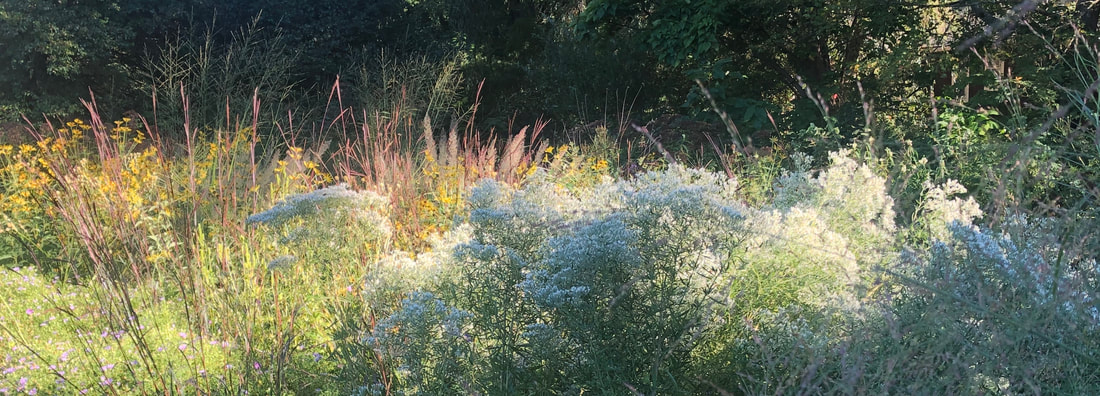
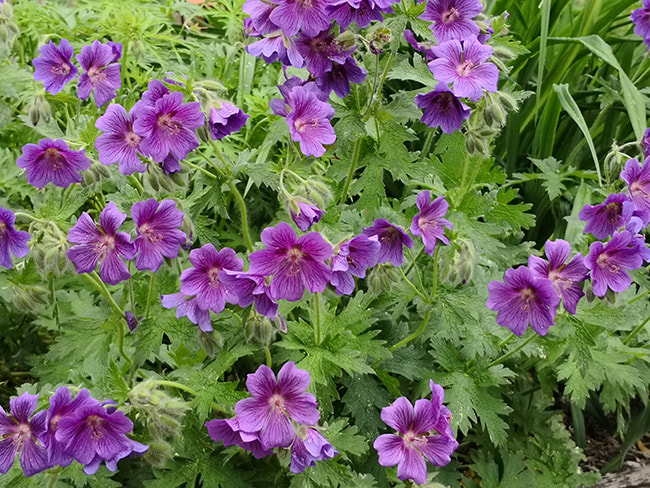
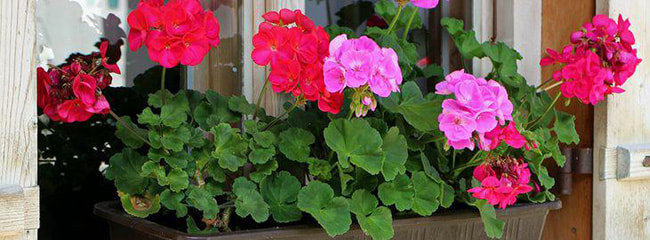
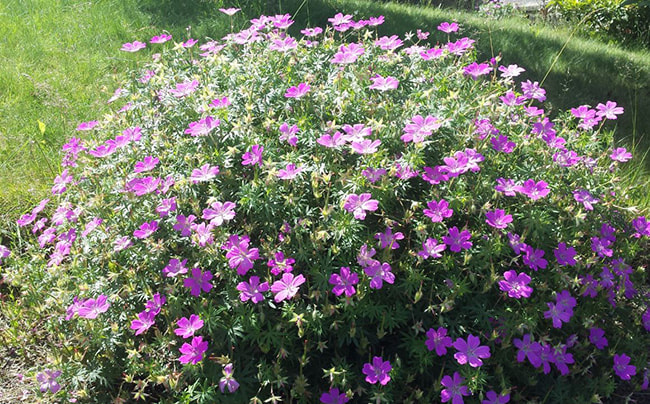
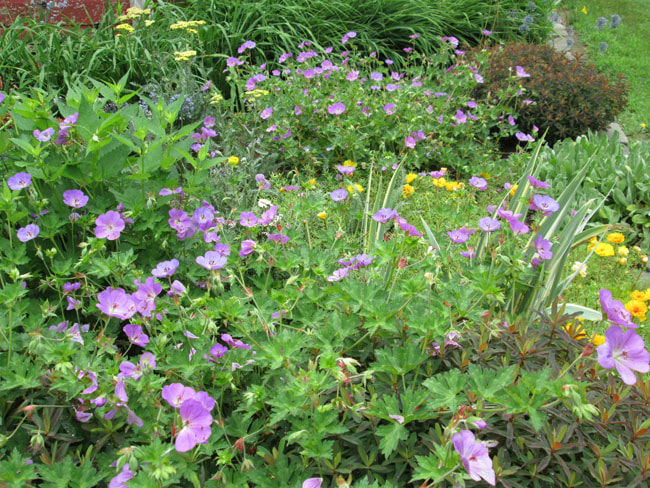
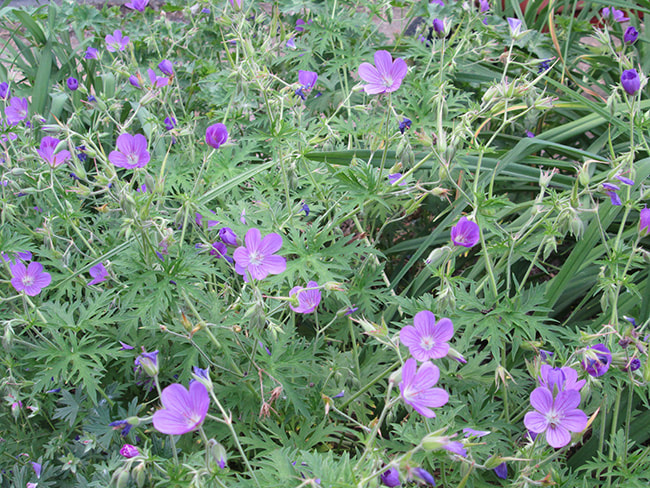
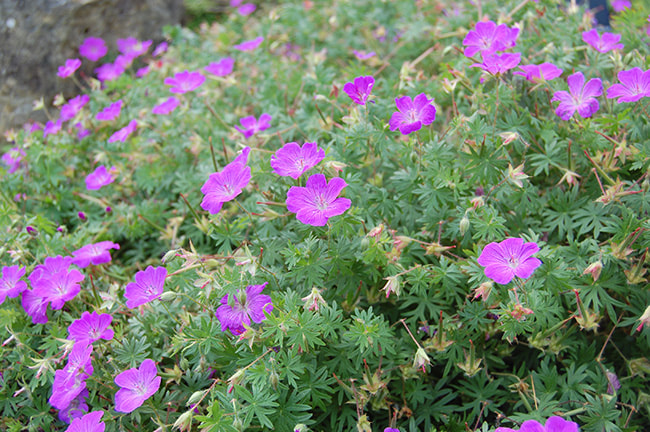
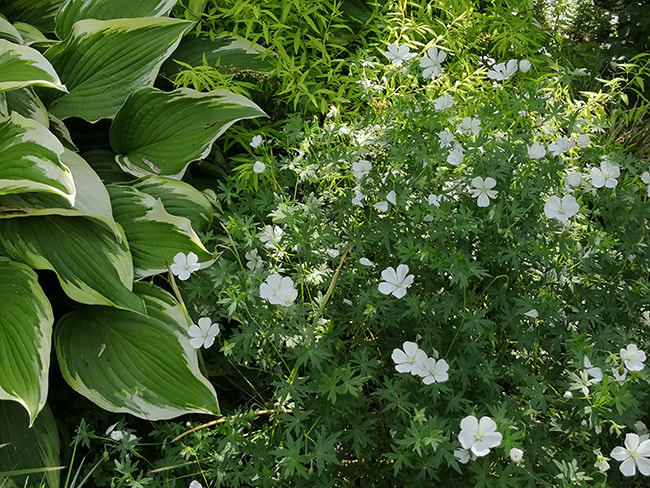

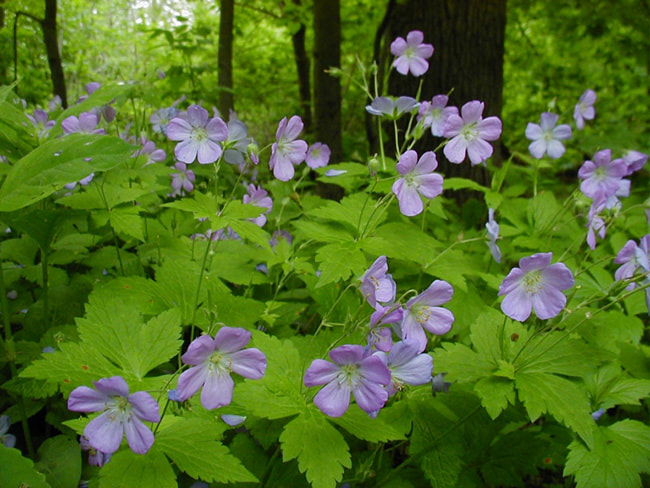
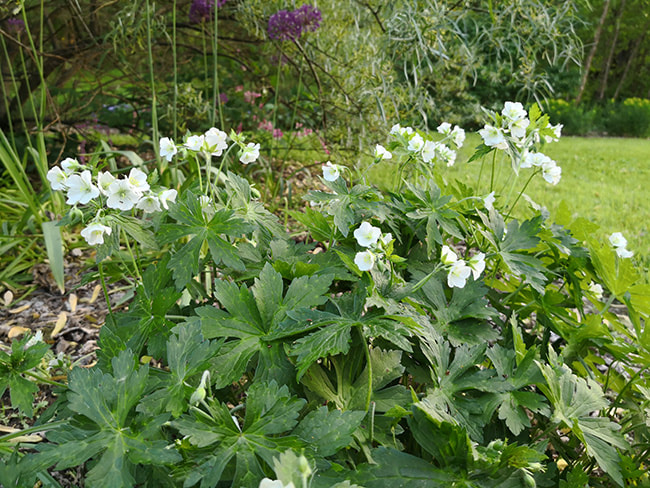
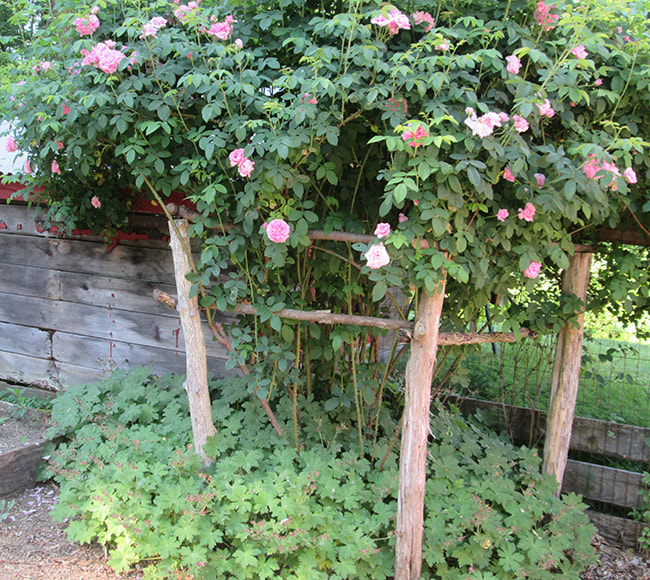

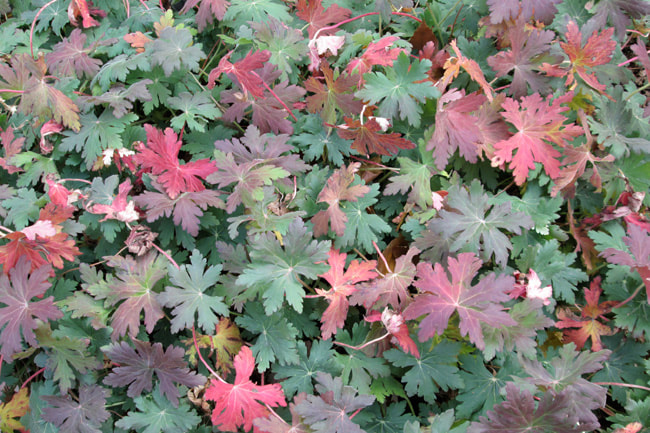
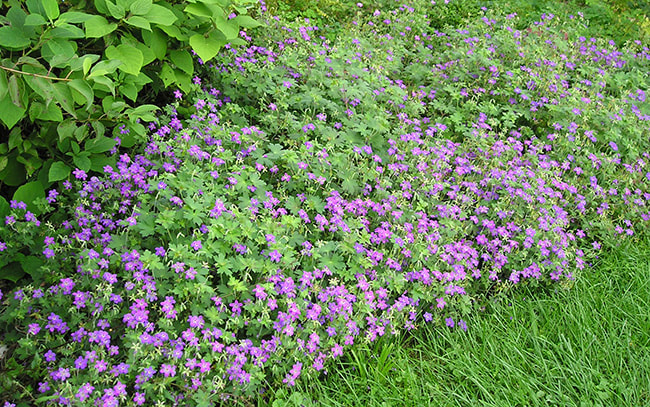
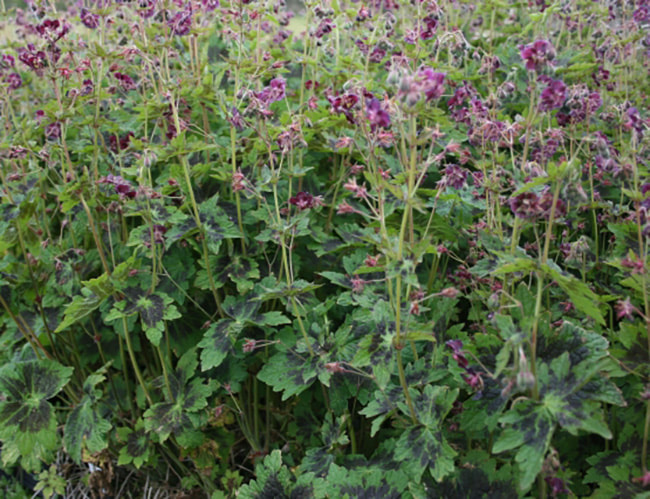
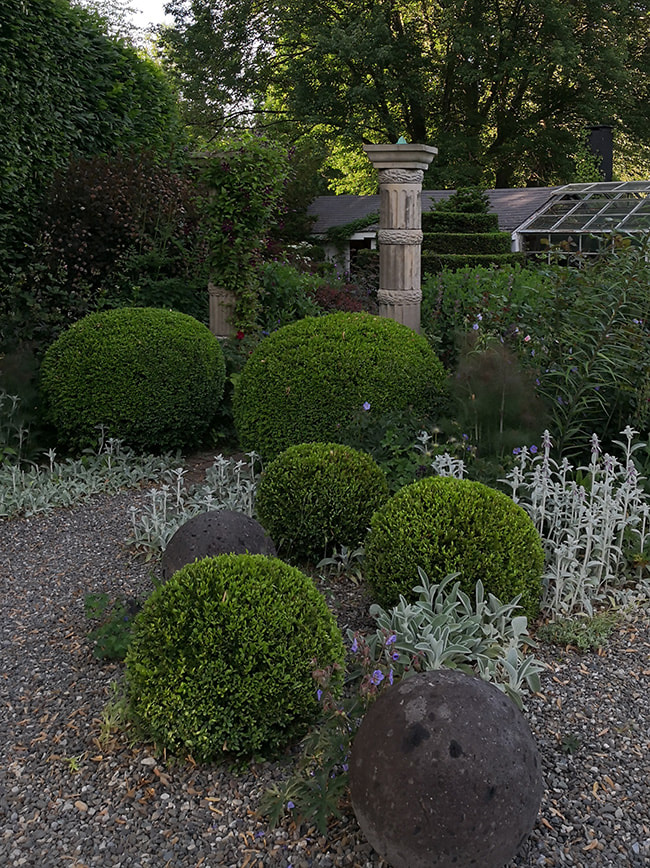
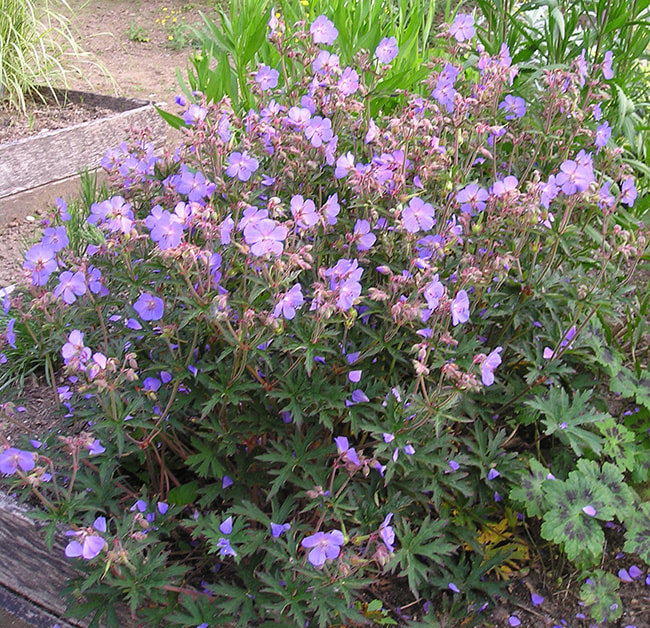
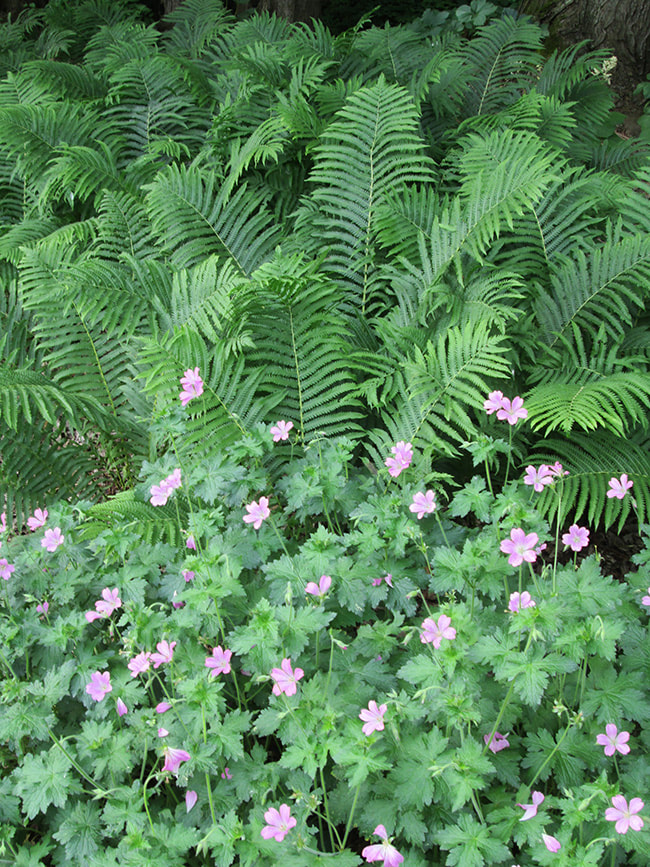
 RSS Feed
RSS Feed